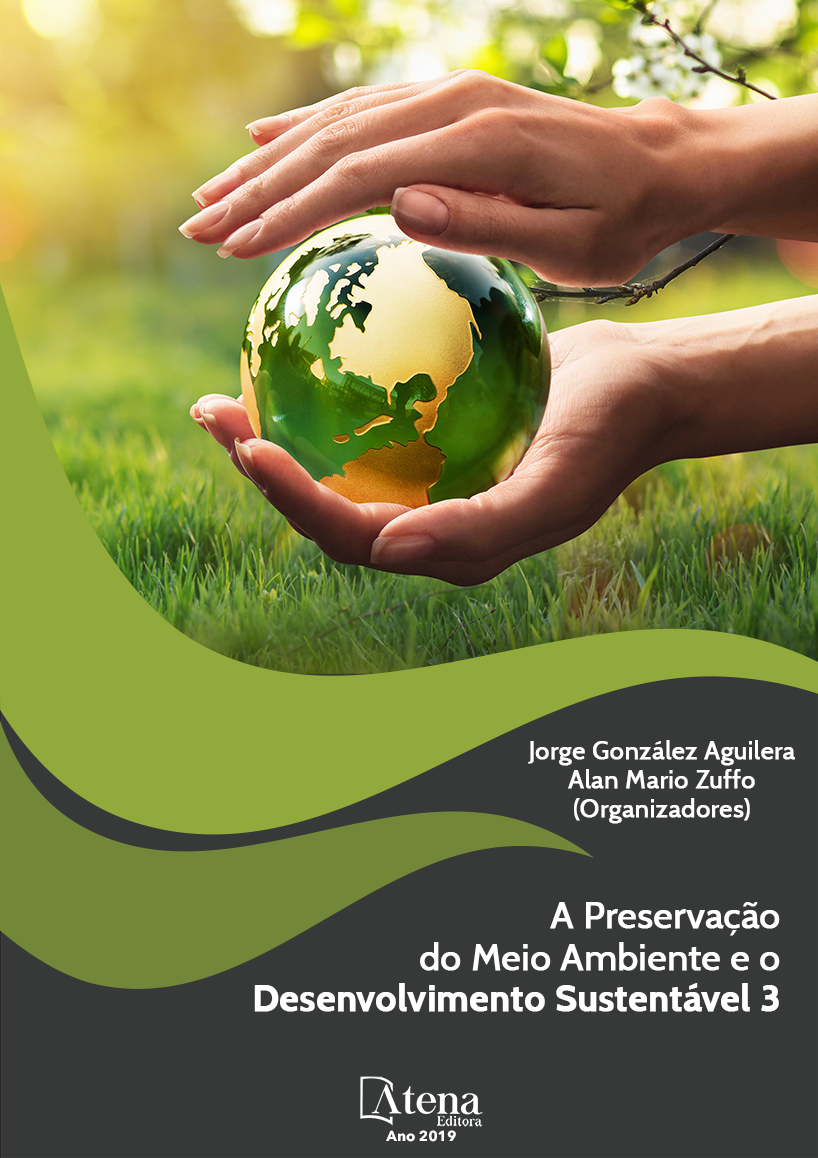
LEVANTAMENTO DA ENTOMOFAUNA PARA DIAGNÓSTICO AMBIENTAL NA FAZENDA SANKARA, EM CONQUISTA DO OESTE - MT
O levantamento prévio da fauna existente no local escolhido para implantação do aterro sanitário permite uma visão ampla de como manejar esses organismos para que não traga problemas de saúde pública. Este trabalho tem como objetivo o levantamento da entomofauna presente na área da instalação da Central de Tratamento e Gerenciamento de Resíduos de Várzea Grande. Utilizaramse armadilhas pitfall com isca de sardinha e mel, e para o monitoramento de Diptera, foram utilizadas armadilhas de mosquitos adaptadas. Foram coletados 740 indivíduos da classe Insecta. A ordem Coleoptera demonstrou maior abundância, seguida por Diptera, Blattodea, Orthoptera e Heteroptera. Para a ordem Coleoptera foram coletados 546 indivíduos, tendo como maior representante a família Scarabaeidae, apresentando 10 espécies, distribuídas entre cinco gêneros, sendo Onthophagus gazela, Canthidium cupreum e Canthon mutabilis os mais abundantes. A ordem Hymenoptera teve como representante a família Formicidae, esta apresentou grande riqueza, sendo o grupo mais representativo na amostragem, 36 espécies distribuídas em sete subfamília e 23 gêneros. Solenopsis invicta apresentou maior ocorrência nas áreas amostradas (9 ocorrências), seguida por Camponotus balzani e Forelius pusillus. A entomofauna coletada apresentou-se bioindicadora de área com alto grau de degradação ambiental, demonstrando a perda de diversidade de espécies pela ação antrópica.
LEVANTAMENTO DA ENTOMOFAUNA PARA DIAGNÓSTICO AMBIENTAL NA FAZENDA SANKARA, EM CONQUISTA DO OESTE - MT
-
DOI: 10.22533/at.ed.37219140817
-
Palavras-chave: Coleoptera; Formicidae; Indicadores.
-
Keywords: Coleoptera; Formicidae; Indicators.
-
Abstract:
A previous survey of the existing fauna in the chosen place for implantation of the sanitary landfill allows a wide view of how to handle these organisms so that it does not bring public health problems. This work has as objective the survey of the entomofauna present
in the area of the installation of the Central of Treatment and Management of Waste of Várzea Grande. Pitfall traps with sardine and honey baits were used, and for the monitoring of Diptera, adapted mosquito traps were used. A total of 740 Insecta class specimens were collected. The Coleoptera order showed greater abundance, followed by Diptera, Blattodea, Orthoptera and Heteroptera. For the Coleoptera order, 546 specimens were collected, with the Scarabaeidae family as the largest representative, presenting 10 species, distributed among five genera, being Onthophagus gazelle, Canthidium cupreum and Canthon mutabilis the most abundant. The Hymenoptera order had as representative the Formicidae family. This one presented great wealth, being the most representative group in the sampling, with 36 species distributed in seven subfamilies and 23 genera. Solenopsis invicta presented the highest occurrence in the sampled areas (9 occurrences), followed by Camponotus balzani and Forelius pusillus. The collected entomofauna presented itself as a bioindicator of an area with a high degree of environmental degradation, demonstrating the loss of diversity of species by anthropic action.
-
Número de páginas: 15
- José Gustavo Ramalho Casagrande
- Juliane da Silva Brilhadori
- Eliandra Meurer


